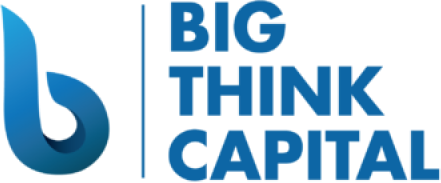Navigating the New Normal: How to Leverage Working Capital Advances and SBA Loans Amid Increasing Inflation Rates
Estimated reading time: 5 minutes
- Evaluate Your Cash Flow Needs: Keep a close eye on your cash flow and prepare for seasonal fluctuations or unexpected expenses.
- Research Financing Options: Familiarize yourself with various financing options, including both working capital advances and SBA loans.
- Prepare Financial Documents: Ensure that your financial records, projections, and business plan are in order.
Table of Contents
- Understanding Inflation’s Impact on Small Business Financing
- What Are Working Capital Advances?
- What Are SBA Loans?
- Leveraging Working Capital Advances and SBA Loans Together
- Practical Takeaways for Small Business Owners
- Conclusion
- FAQ
Understanding Inflation’s Impact on Small Business Financing
Inflation affects small businesses in several key ways:
- Rising Costs: As the price of goods and services increases, businesses face higher operating costs.
- Reduced Consumer Spending: Consumers may tighten their budgets, resulting in a decrease in discretionary spending.
- Tightened Cash Flow: Managing cash flow becomes critical due to rising expenses and stagnant revenues.
What Are Working Capital Advances?
Working capital advances are short-term funding solutions designed to address immediate financial needs.
Key Features of Working Capital Advances
- Quick Access to Funds: Businesses usually receive funds within a few days of application approval.
- Flexible Use: These advances can be used for various purposes.
- Repayment Based on Revenue: Payments are often based on a percentage of daily credit card sales.
When to Consider a Working Capital Advance
- Seasonal fluctuations in revenue
- Unexpected expenses requiring immediate cash
- Opportunities for growth necessitating upfront investment
What Are SBA Loans?
Small Business Administration (SBA) loans are government-backed loans designed to support small businesses.
Key Features of SBA Loans
- Flexible Use of Funds: Funds can be used for a wide range of purposes.
- Longer Repayment Terms: SBA loans typically have repayment terms ranging from 5 to 25 years.
- Lower Interest Rates: Interest rates are typically lower than conventional loans due to SBA backing.
Types of SBA Loans
- 7(a) Loan Program: Offers financing for various business needs, including working capital.
- CDC/504 Loan Program: Designed for purchasing fixed assets with longer repayment terms.
- Microloan Program: For smaller financing needs, microloans can range up to $50,000.
Leveraging Working Capital Advances and SBA Loans Together
Combining both working capital advances and SBA loans can provide a robust financial strategy.
1. Immediate Cash Flow Needs with Working Capital Advances
Utilize a working capital advance to address immediate expenses or seize short-term opportunities.
2. Long-Term Stability through SBA Loans
Once cash flow is stabilized with the advance, pursuing an SBA loan can fund larger investments.
3. Financial Readiness for Future Challenges
Maintaining a healthy cash flow can strengthen your application for more substantial financing.
Practical Takeaways for Small Business Owners
Navigating financial challenges requires strategic planning and informed decisions.
- Evaluate Your Cash Flow Needs: Keep a close eye on your cash flow.
- Research Financing Options: Familiarize yourself with financing options.
- Prepare Financial Documents: Ensure that your financial documents are in order.
Conclusion
In a period characterized by rising inflation, small business owners must adapt their funding strategies.
Working capital advances provide immediate access to cash flow, while SBA loans offer long-term financial stability and growth potential. By leveraging these financing options effectively, businesses can not only survive but thrive in the new normal.
If you’re eager to learn more about how working capital advances or SBA loans can benefit your business, visit bigthinkcapital.com today, or speak with one of our funding experts.






